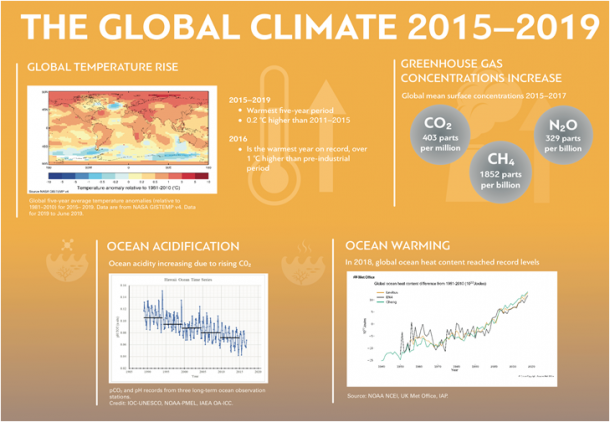Lake Mead is the largest reservoir in the United States and part of a system […]
Category: Weather
Report: Without Action, NC Will Fall Short on 2025 Climate Goals
Play North Carolina will fall short of its 2025 and 2030 climate targets without additional […]
Winter Weather Advisory
Alert Details Advisory: Winter Weather Advisory until 10:00AM * WHAT…Freezing rain. Additional ice accumulations of […]
Gov’t. Depts. closed due to weather
Rutherford County Sheriff’s Office administrative offices will be closed tomorrow, January 18, 2022, due to inclement […]
Advisory: WINTER WEATHER WARNING
…WINTER STORM WARNING IN EFFECT FROM 6 PM SATURDAY TO 8 AM EST MONDAY… * […]
State Prepares For Season’s First Winter Weather in Mountains, Severe Storms in Other Areas
Raleigh Jan 2, 2022 Over the next 12-24 hours, portions of North Carolina could see […]



